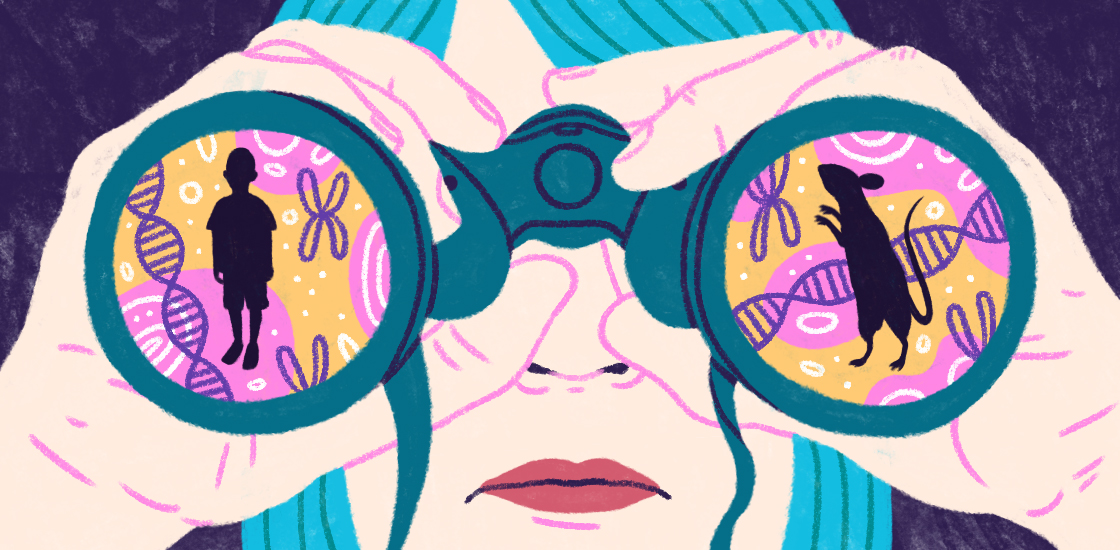Amy Esler is associate professor of pediatrics at the University of Minnesota in Minneapolis.

Amy Esler
Assistant Professor of Pediatrics
University of Minnesota
From this contributor
Why we need a mouse version of a diagnostic test for autism
Researchers have developed behavioral measures that can accurately diagnose autism in people; these lessons can and should be applied to mice.

Why we need a mouse version of a diagnostic test for autism
Adjusting diagnostic tests for the DSM-5
As clinicians adopt the new criteria for autism, the many tests now used to diagnose the disorder may need to be modified, says Amy Esler.
Explore more from The Transmitter
The Transmitter’s most-read neuroscience book excerpts of 2025
Books by Nachum Ulanovsky, Nicole Rust, and Andrew Iwaniuk and Georg Striedter made the list of some of the year's most engaging neuroscience titles.

The Transmitter’s most-read neuroscience book excerpts of 2025
Books by Nachum Ulanovsky, Nicole Rust, and Andrew Iwaniuk and Georg Striedter made the list of some of the year's most engaging neuroscience titles.
Neuroscience’s leaders, legacies and rising stars of 2025
Here are seven stories from the past year about some of the field’s most engaging figures.

Neuroscience’s leaders, legacies and rising stars of 2025
Here are seven stories from the past year about some of the field’s most engaging figures.
The Transmitter’s top news articles of 2025
Check out some of our most-read stories, covering neuroscience funding and policy changes in the United States, and methodological issues in high-profile neuroscience papers.

The Transmitter’s top news articles of 2025
Check out some of our most-read stories, covering neuroscience funding and policy changes in the United States, and methodological issues in high-profile neuroscience papers.
